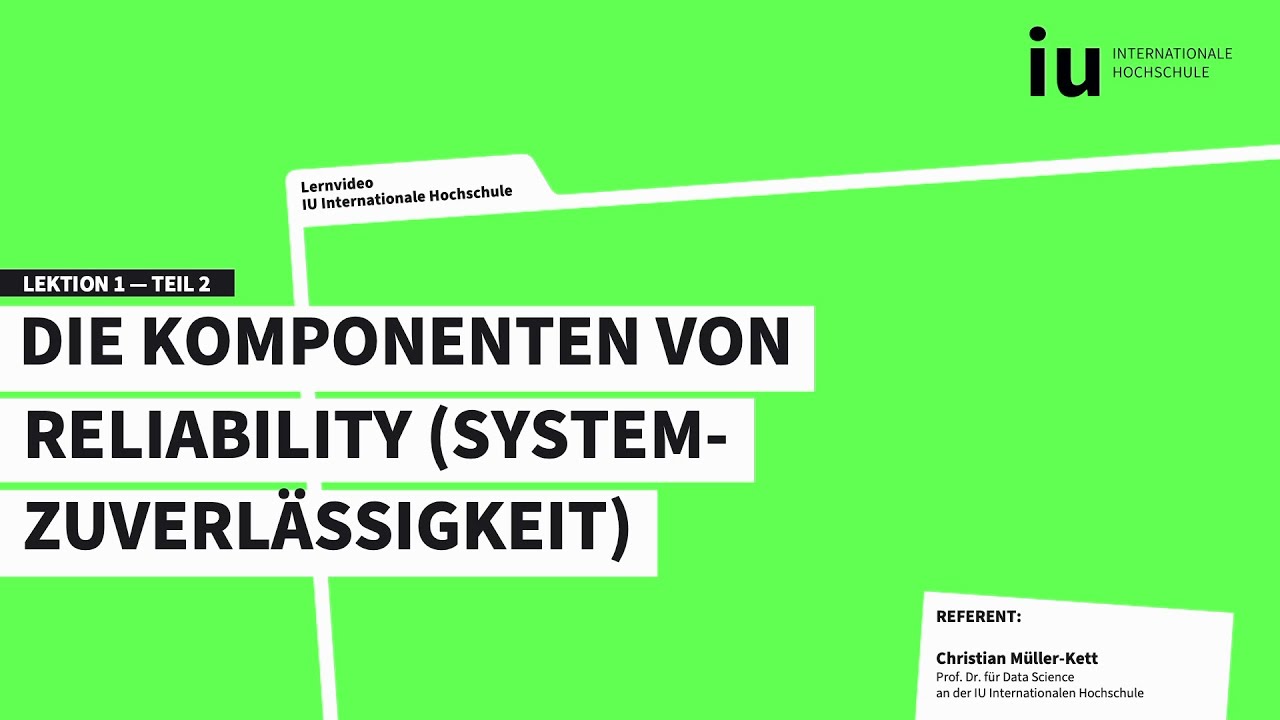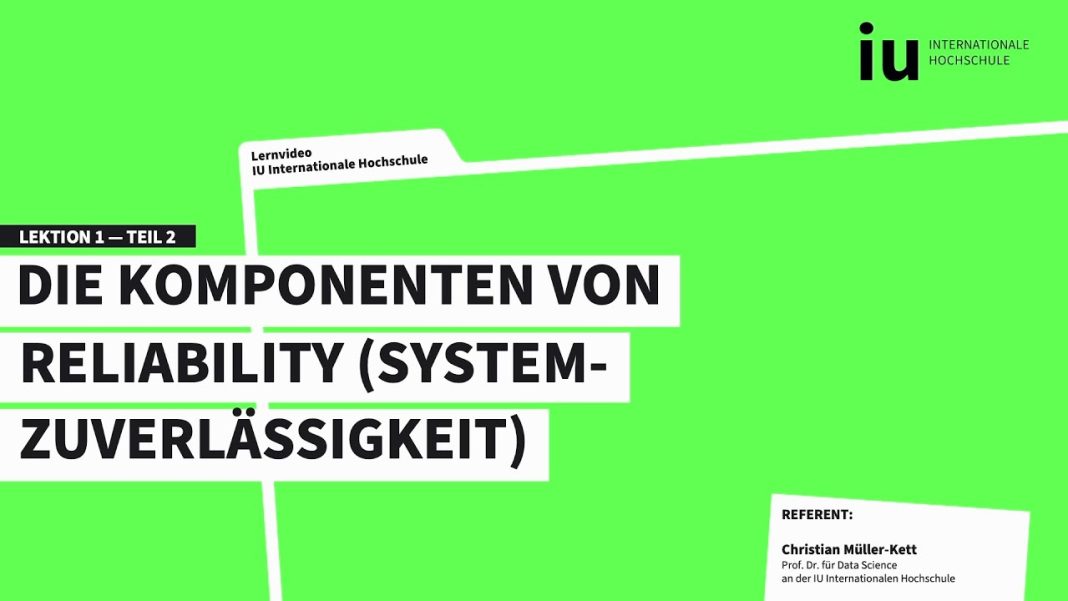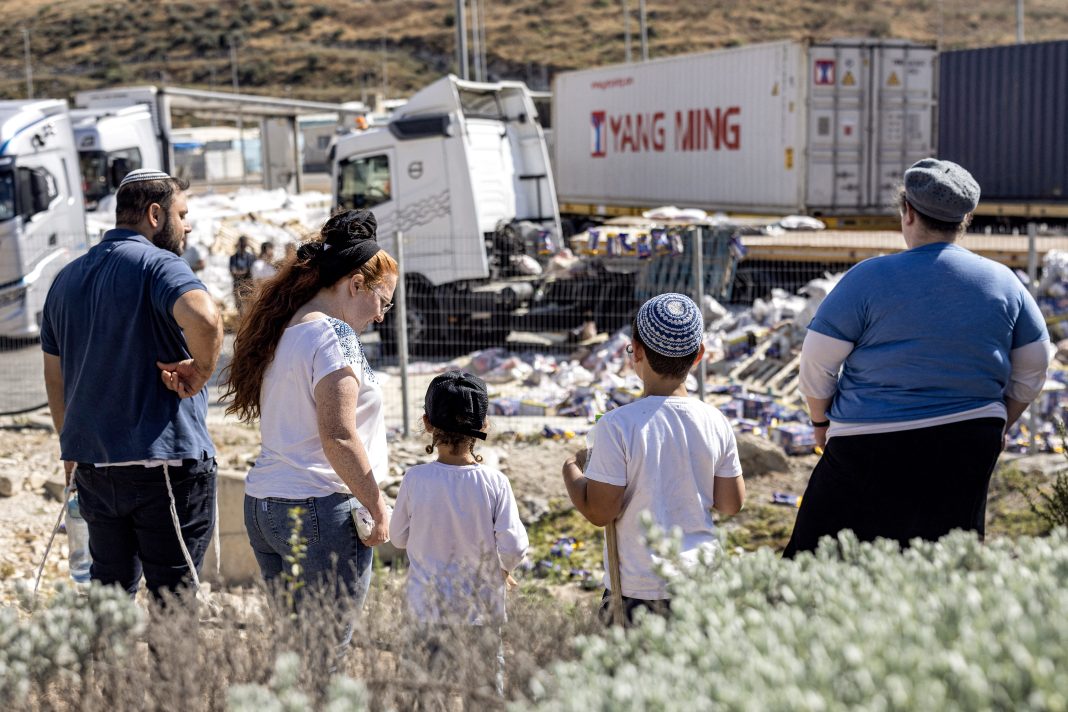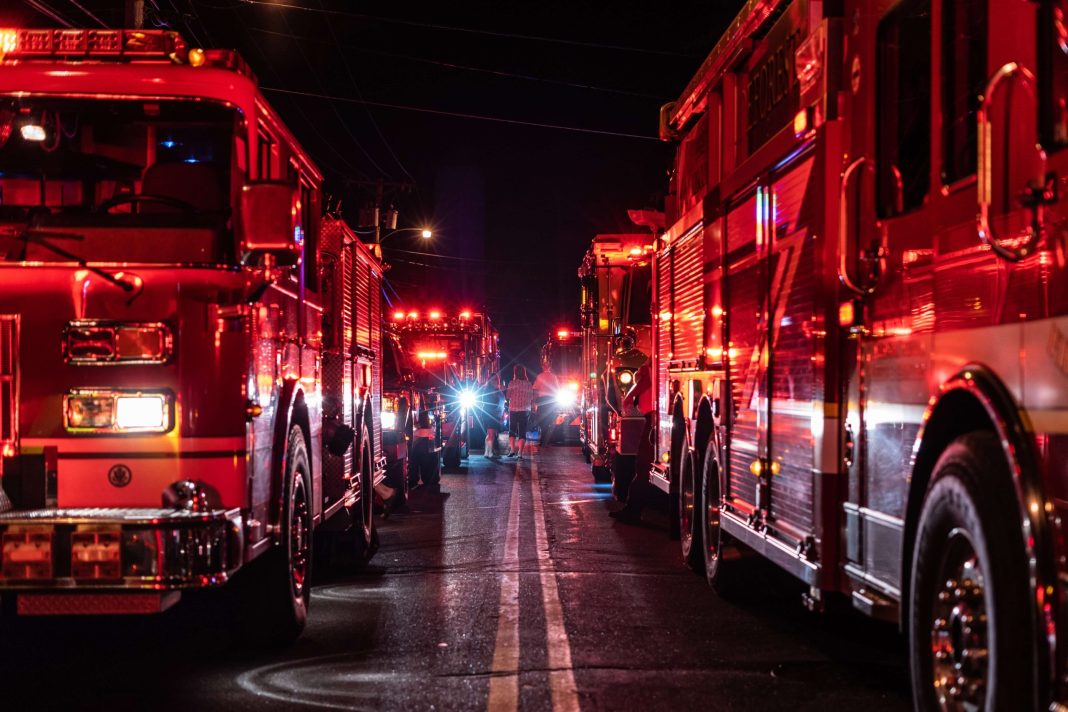 As the summer season approaches, a report by the North American Electric Reliability Corporation (NERC) warns that parts of the United States could face challenges in meeting electricity demand. The report identifies several regions, including Louisiana, Texas, New Mexico, Arizona, California, Illinois, and Iowa, as having an “elevated” risk of summer electricity reliability. This means there is a potential for insufficient operating reserves when these areas face above-normal demand conditions.
As the summer season approaches, a report by the North American Electric Reliability Corporation (NERC) warns that parts of the United States could face challenges in meeting electricity demand. The report identifies several regions, including Louisiana, Texas, New Mexico, Arizona, California, Illinois, and Iowa, as having an “elevated” risk of summer electricity reliability. This means there is a potential for insufficient operating reserves when these areas face above-normal demand conditions.
One of the key factors contributing to this elevated risk is the reliance on renewable energy sources like wind and solar power. When wind or solar energy conditions are low, it can lead to a lower electricity supply. Michelle Bloodworth, CEO of America’s Power, a partnership of industries involved in coal-based electricity production, highlights that one-third of the country is at an elevated risk of blackouts this summer. She attributes this risk to the increasing reliance on weather-dependent sources of electricity and regulations imposed by the U.S. Environmental Protection Agency (EPA).
These concerns about the reliability of renewable energy sources come at a time when the EPA is actively promoting renewable energy. The EPA emphasizes that renewable energy produces no greenhouse gas emissions and reduces air pollution. In fact, the agency recently announced $7 billion in grants under the “Solar for All” scheme to deliver residential solar projects to over 900,000 homes across the country.
However, the NERC report raises questions about the effectiveness of renewable energy in meeting peak demand conditions. It suggests that if wind and solar output is lower than expected during above-normal peak demand periods, it could pose challenges for transmission organizations like the Midcontinent Independent System Operator (MISO). MISO operates in 15 U.S. states and is expected to have sufficient resources to meet normal summer peak demand. But if wind and solar output is low during above-normal demand conditions, MISO may struggle to keep up with the electricity demand.
The report also highlights specific challenges faced by certain regions. In Texas, the Electric Reliability Council of Texas (ERCOT) interconnection, which handles around 90 percent of the state’s electrical load, faces potential emergency conditions in summer evening hours when solar generation starts to ramp down. This can lead to restrictions on power transfers from South Texas to the San Antonio region, contributing to an elevated risk of supply.
Similarly, the Western Electricity Coordinating Council (WECC), which covers 14 states including California and New Mexico, expects challenges to electricity reliability under above-normal demand and low-resource conditions. These conditions occur when there is low solar output or below-normal imports.
While the EPA’s new rules on reducing pollution from fossil fuel-fired power plants aim to protect the health of communities and deliver net benefits in terms of climate and public health, critics argue that these regulations could further strain the electric grid. Jim Matheson, CEO of the National Rural Electric Cooperative Association, believes that the EPA’s approach is unrealistic and poses consequences for electric reliability. Senator Shelley Moore Capito also raises concerns about the impact of these regulations on access to affordable and reliable energy.
Overall, the NERC report sheds light on the potential risks and challenges faced by the U.S. electricity grid during the summer season. It emphasizes the need for a balanced approach to energy generation that considers both renewable sources and traditional sources like coal. While renewable energy has its advantages in reducing emissions and dependence on imported fuels, ensuring reliable electricity supply requires careful planning and consideration of peak demand conditions.


